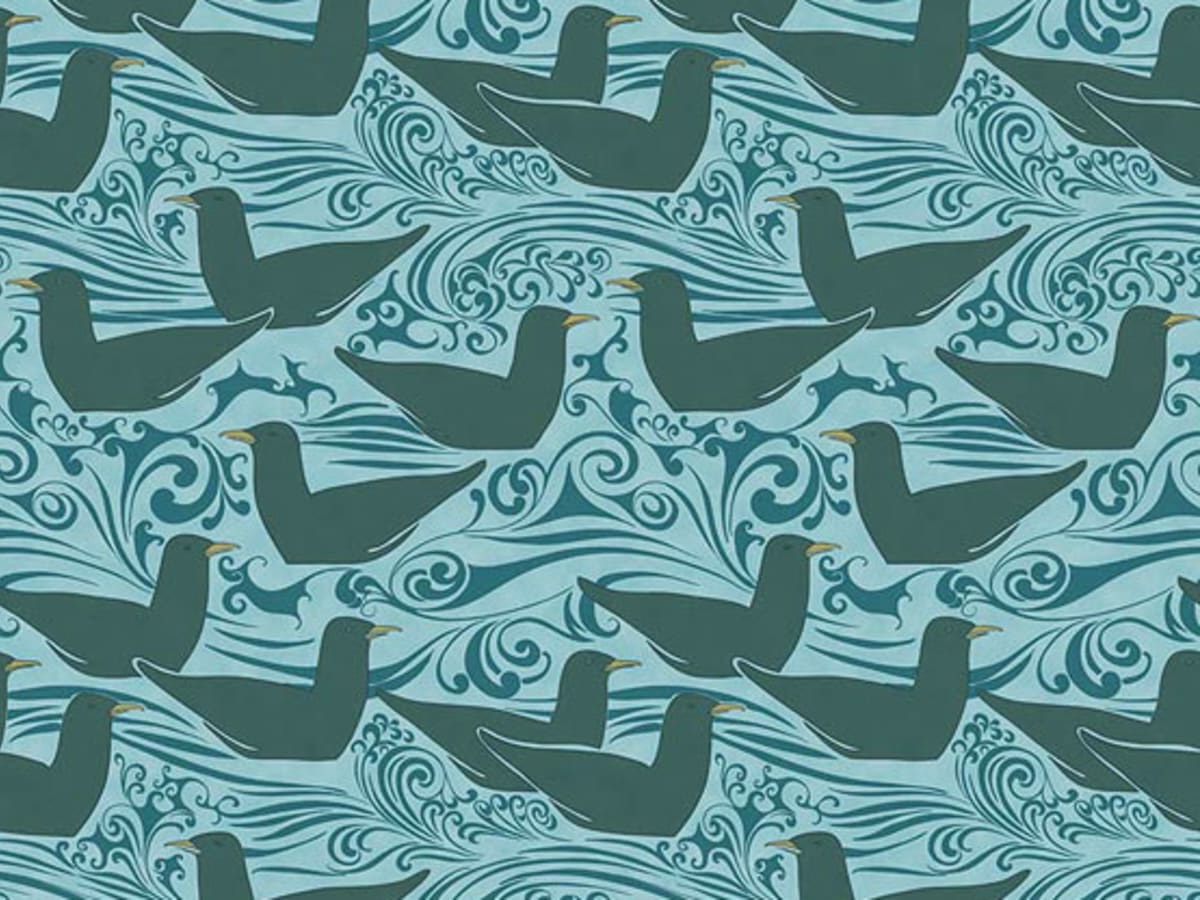
Motif is a word you might have heard in art, literature, or music. But what exactly is it? A motif is a recurring element that has symbolic significance in a story. It can be an idea, object, concept, or even a phrase that appears multiple times throughout a work. Think of it as a thread that weaves through the narrative, adding depth and meaning. For example, in literature, a motif might be a recurring image like a shattered mirror symbolizing broken identity. In music, it could be a short musical phrase that repeats, giving a piece its unique character. Understanding motifs can enrich your appreciation of various forms of art and storytelling. Ready to dive deeper? Let's explore 32 fascinating facts about motifs!
What is a Motif?
A motif is a recurring element in literature, art, or music that has symbolic significance. It helps to develop and inform the theme of the work. Here are some intriguing facts about motifs:
-
Motifs can be anything from a recurring image, phrase, or symbol to a specific color or sound.
-
They often help to create a mood or atmosphere in a story.
-
In literature, motifs can be used to reinforce the central theme or message of the work.
-
Common motifs in literature include the journey, the fall, and the quest.
-
In art, motifs can be visual elements that repeat throughout a piece or series of works.
Motifs in Literature
Literature is rich with motifs that enhance storytelling and deepen the reader's understanding. Here are some notable examples:
-
The "hero's journey" motif appears in many epic tales, from "The Odyssey" to "Star Wars."
-
The motif of "good vs. evil" is prevalent in works like "Harry Potter" and "The Lord of the Rings."
-
"Coming of age" is a common motif in novels like "To Kill a Mockingbird" and "The Catcher in the Rye."
-
The "tragic flaw" motif is central to many of Shakespeare's plays, such as "Hamlet" and "Macbeth."
-
"Forbidden love" is a recurring motif in stories like "Romeo and Juliet" and "Wuthering Heights."
Motifs in Art
Art uses motifs to convey deeper meanings and connect with viewers on an emotional level. Here are some fascinating facts:
-
The use of floral motifs is common in many cultures, symbolizing beauty and life.
-
Geometric motifs are often found in Islamic art, representing the infinite nature of Allah.
-
The skull motif, or "memento mori," reminds viewers of the inevitability of death.
-
In Japanese art, the cherry blossom motif symbolizes the fleeting nature of life.
-
The use of animal motifs can represent various traits, such as strength, wisdom, or freedom.
Motifs in Music
Music also employs motifs to create cohesion and evoke emotions. Here are some interesting points:
-
A musical motif is a short, recurring musical idea that helps to unify a composition.
-
Beethoven's Fifth Symphony is famous for its four-note motif, often described as "fate knocking at the door."
-
Wagner's operas use leitmotifs, which are recurring themes associated with specific characters or ideas.
-
The "Dies Irae" motif, a medieval chant, appears in many classical and film scores to evoke a sense of doom.
-
Jazz music often uses motifs, or "riffs," to create a sense of improvisation and spontaneity.
Cultural Motifs
Different cultures have unique motifs that reflect their values, beliefs, and traditions. Here are some examples:
-
Native American art often features motifs like the thunderbird, symbolizing power and protection.
-
Celtic art is known for its intricate knotwork motifs, representing eternity and interconnectedness.
-
African textiles frequently use geometric motifs to convey social status and cultural identity.
-
Chinese art often includes dragon motifs, symbolizing strength, power, and good fortune.
-
Hindu art uses motifs like the lotus flower, representing purity and spiritual enlightenment.
Motifs in Film
Films use motifs to enhance storytelling and create visual and thematic coherence. Here are some notable examples:
-
The "red balloon" motif in "The Red Balloon" symbolizes childhood innocence and freedom.
-
The "rose" motif in "American Beauty" represents beauty, desire, and the complexity of human emotions.
-
The "mirror" motif in "Black Swan" reflects the protagonist's struggle with identity and self-perception.
-
The "spiral" motif in "Vertigo" symbolizes obsession and the cyclical nature of the protagonist's experiences.
-
The "eye" motif in "Blade Runner" represents perception, humanity, and the nature of reality.
Motifs in Fashion
Fashion often incorporates motifs to convey style, identity, and cultural significance. Here are some interesting facts:
-
Paisley motifs, originating from Persia, symbolize life and eternity.
-
Animal print motifs, like leopard or zebra, are used to convey boldness and confidence.
The Final Note on Motifs
Motifs are more than just recurring elements; they’re the heartbeat of stories, art, and music. They help us connect with the deeper meanings behind a piece, making the experience richer. From literature to films, motifs guide us through themes and emotions, often without us even realizing it. They’re like hidden gems, waiting to be discovered by those who pay close attention. Understanding motifs can change the way you see and interpret the world around you. Next time you read a book, watch a movie, or listen to a song, keep an eye out for these recurring elements. You might just find a new layer of meaning that you hadn’t noticed before. So, dive in and let motifs enhance your appreciation of the arts. Happy exploring!
Was this page helpful?
Our commitment to delivering trustworthy and engaging content is at the heart of what we do. Each fact on our site is contributed by real users like you, bringing a wealth of diverse insights and information. To ensure the highest standards of accuracy and reliability, our dedicated editors meticulously review each submission. This process guarantees that the facts we share are not only fascinating but also credible. Trust in our commitment to quality and authenticity as you explore and learn with us.
